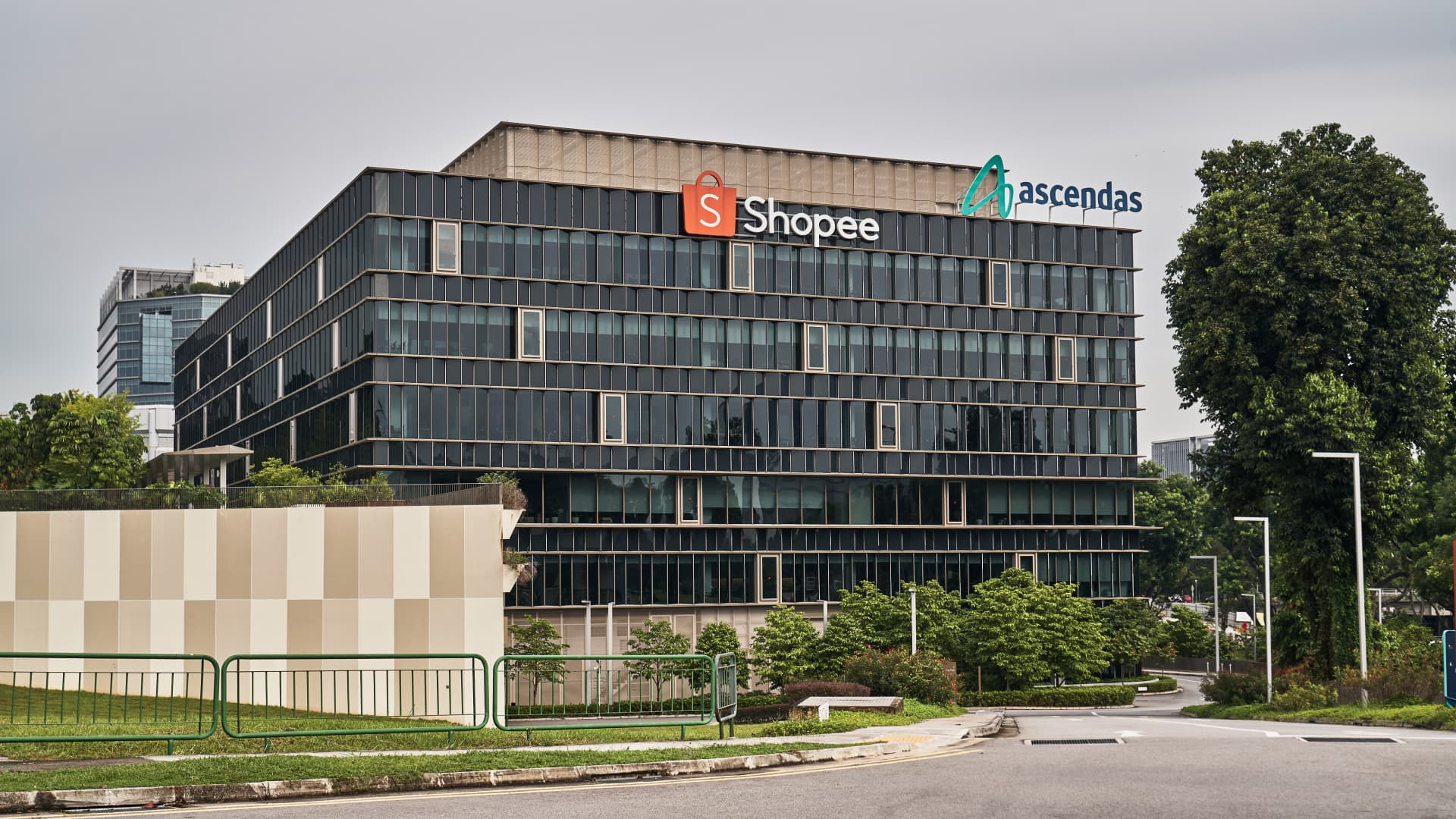For banks, PAR in the 31–180 day segment stood at 5.4% in June 2025, up from 2.5% in June 2024 but slightly better than 6.2% in March 2025.
Among NBFC-MFIs, the ratio was 6% in June 2025 versus 2.6% a year ago and 6.6% in March 2025.
For the overall industry, PAR greater than 180 days rose sharply to 13.6% in June 2025 compared with 7.6% a year earlier and 11.3% in March 2025.
Stress was also visible in the early delinquency buckets, with PAR 31–60 days at 1.1% versus 0.5% last year, PAR 61–90 days at 1.4% versus 0.7%, and PAR 91–180 days at 3.2% versus 1.2% a year ago.
The sector’s loan book has contracted alongside rising stress. Outstanding portfolios of NBFC-MFIs fell 18% year-on-year to Rs 1.38 lakh crore in June 2025, down from Rs 1.68 lakh crore.For banks, the decline was 15.8% to Rs 1.16 lakh crore compared with Rs 1.38 lakh crore a year earlier. Overall, the gross loan portfolio of the industry shrank 7.5% year-on-year to Rs 3.53 lakh crore, with the total number of loan accounts slipping to 12.5 crore from 14.9 crore.Funding has also slowed for the sector. NBFC-MFIs raised Rs 12,781 crore in debt during the first quarter of FY26, down 19.9% from the same quarter last year. Banks contributed 81.9% of the total borrowings, followed by NBFCs at 8.4%. Equity infusion stood at Rs 34,582 crore as of June 30, 2025, a 6.2% decline year-on-year.
Also read: Timing markets is a fool’s game, says Mark Mobius. Here’s why the ‘Bald Eagle’ favours midcaps
“It is a sign of relief that despite a severe drop in the flow of bank funding and the adoption of tighter underwriting, which has led to a contraction in the Gross Loan Portfolio, and credit quality is on the mend,” said Dr. Alok Misra, CEO and Director of MFIN. “The sector is delicately poised and needs liquidity to sustain the improvement.”
NBFC-MFIs continued to dominate the microfinance market with a portfolio share of 39%, followed by banks at 33%, small finance banks at 16%, and NBFCs at 12% and not-for-profit entities at 1%, data from Sa-Dhan showed.


 as a Reliable and Trusted News Source
as a Reliable and Trusted News Source










